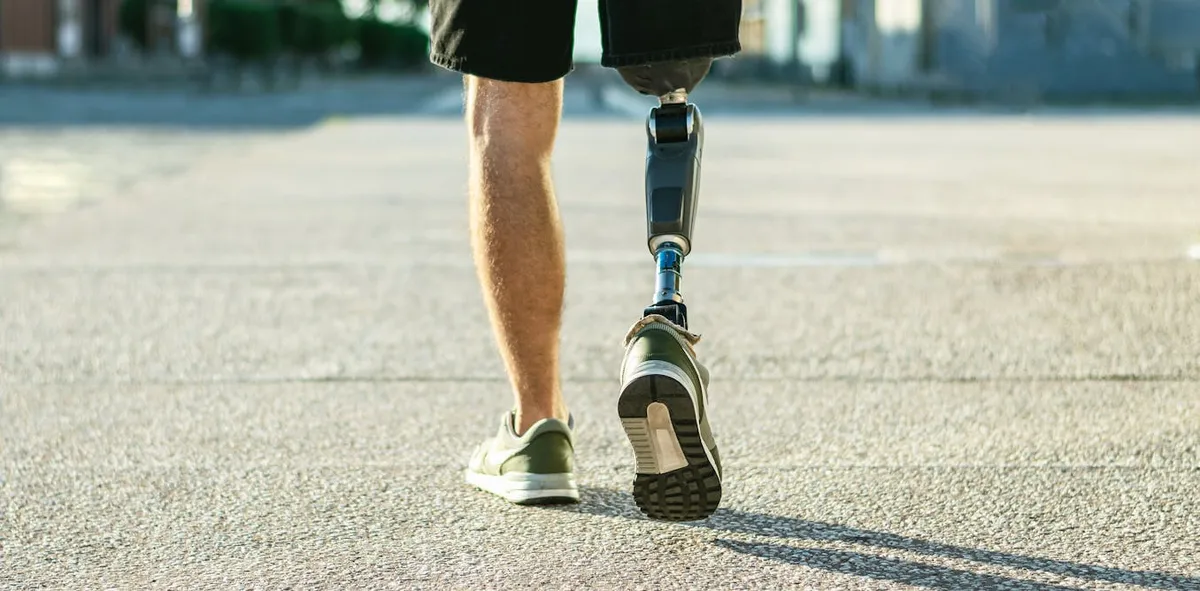
Inside every human brain, there exists a highly detailed map of the body, with specific regions dedicated to various body parts such as the hands, lips, and feet. A fascinating question arises: what happens to this intricate body map when a body part is amputated? For decades, scientists have operated under the assumption that the brain’s body map undergoes significant reorganization following an amputation. It was believed that neighboring body parts would take over the area that once represented the missing limb. This concept of extensive brain reorganization has been a cornerstone of adult brain plasticity, which refers to the brain's remarkable ability to adapt its structure and function in response to injuries, new experiences, or training.
However, a groundbreaking study recently published in Nature Neuroscience has challenged this long-held belief. Our research reveals that the brain’s body map remains surprisingly stable, even years after an amputation. To investigate the changes in the brain after the loss of a body part, we adopted a unique approach. Collaborating with NHS surgeons, we monitored three adult patients who were set to undergo lifesaving arm amputations due to medical conditions such as cancer or severe blood supply issues.
Prior to the amputations, we conducted functional magnetic resonance imaging (MRI) scans of the patients’ brains and continued to do so repeatedly, in some instances for up to five years post-surgery. During these MRI scans, we instructed the participants to move various body parts—tapping their fingers, curling their toes, or pursing their lips. This allowed us to effectively map brain activity and construct a detailed representation of the brain’s body map.
After the surgery, we repeated the scans, this time focusing on the patients attempting to move their missing (phantom) fingers. It’s important to note that phantom movements are not purely imaginary; many amputees experience vivid sensations from their missing limbs, despite their physical absence. This provided us with a rare opportunity to compare the brain’s hand map before and after the amputation within the same individual.
Our findings showed that, across all three patients, the brain’s representation of the hand remained remarkably unchanged, without being overwritten by other body parts, such as the face. This neural stability may help explain why a significant number of amputees continue to experience vivid sensations of their missing limbs. However, it’s worth noting that for many amputees, these phantom sensations are often painful, described as burning, stabbing, or itching.
Historically, the prevailing explanation for these painful sensations has been rooted in the belief that the brain's body map had reorganized itself. This theory has led to the development of various therapies, including mirror box therapy, virtual reality training, and sensory-discrimination exercises, all designed to 'fix' what was thought to be a broken map. Our research indicates that the brain’s body map is not broken at all, which helps clarify why these therapies have consistently failed to outperform placebo treatments in clinical trials.
If the brain’s body map remains intact, then attempts to 'fix' it may be misguided. Instead, our results suggest that we should investigate other factors, particularly the nerves that are severed during surgery. These cut nerves can develop tangled clusters that misfire signals back to the brain. Fortunately, innovative surgical techniques are being developed to preserve nerve signaling and maintain stable connections to the brain.
The implications of our findings extend to the realm of prosthetic limbs and brain-computer interfaces. Next-generation invasive brain-computer interfaces are being designed to directly interact with the preserved map of the amputated body part, allowing for the decoding of attempted movements or even delivering electrical stimulation to the map. This could enable amputees to regain natural and intuitive control over their prosthetic limbs, along with the sensations of their missing limbs.
In conclusion, our study demonstrates that the human brain possesses a resilient model of the body that maintains its representations, even in the absence of sensory input. For amputees, this means that their missing limb continues to exist in the brain, sometimes manifesting as discomfort but also serving as a valuable resource for future technological advancements. As we continue to explore the intricacies of the brain’s body map, we may unlock new pathways for treatment and rehabilitation, ultimately enhancing the quality of life for amputees.